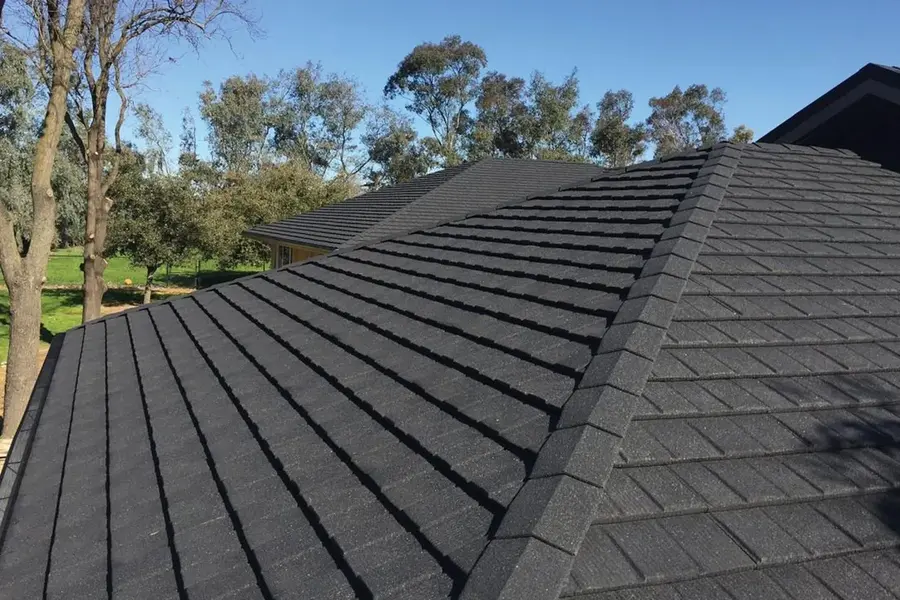Wondering if tiling is hard? The truth about this skilled DIY task might surprise you – from essential prep work to professional-looking results.
Tackling your first tiling project can feel daunting, but with the right knowledge and preparation, it’s a skill that many DIY enthusiasts can master. Let’s explore what makes tiling challenging and how beginners can approach it successfully.
Understanding the Basics of Tiling
Tiling is both an art and a science, requiring a blend of technical knowledge and hands-on skills. Recent studies show that 65% of DIY enthusiasts consider tiling one of the more challenging home improvement tasks. However, understanding the fundamentals can significantly increase your chances of success. The process involves careful planning, precise measurements, and methodical execution – skills that can be developed with practice and patience.
Key Skills Needed for Tiling
- Spatial awareness and ability to visualise patterns
- Basic mathematical skills for calculations and measurements
- Physical stamina and steady hands
- Attention to detail and patience
- Problem-solving abilities for unexpected challenges
Essential Tools and Materials
- Tile cutter (manual or electric)
- Spirit level and measuring tape
- Tile spacers and adhesive spreader
- Grout float and mixing bucket
- Safety equipment (goggles, knee pads, gloves)
- Tiles, adhesive, and grout
The Real Challenges of DIY Tiling
The complexity of tiling extends beyond just laying tiles in a straight line. According to recent industry surveys, approximately 40% of DIY tiling projects require some form of professional intervention due to initial mistakes. The most challenging aspects often involve ensuring perfect level surfaces, managing irregular spaces, and achieving consistent spacing throughout the project.
Physical Demands and Technical Requirements
Tiling can be physically demanding work. You’ll spend hours kneeling, lifting heavy materials, and maintaining precise control over your movements. The technical aspects include understanding substrate requirements, calculating cutting angles, and ensuring proper adhesive application – all crucial for a successful outcome.
Time Investment and Learning Curve
- Small bathroom floor (2m x 2m): 1-2 days for beginners
- Kitchen backsplash: 4-6 hours plus drying time
- Large floor area: 2-4 days depending on complexity
- Learning basic techniques: 2-3 practice sessions
Common Mistakes and How to Avoid Them
- Poor surface preparation leading to uneven tiles
- Incorrect adhesive mixing ratios
- Inconsistent grout line width
- Rushing the project without proper planning
- Using wrong tools for cutting and fitting
Starting Small: Beginner-Friendly Tiling Projects
Statistics show that beginners who start with smaller projects have a 75% higher success rate in their tiling endeavours. Starting with manageable projects allows you to build confidence and develop essential skills without overwhelming yourself.
Simple Projects to Build Confidence
- Kitchen backsplash installation
- Small bathroom floor
- Entryway or mudroom flooring
- Garden path or patio borders
- Decorative wall features
Project Planning and Preparation
Success in tiling begins with thorough planning. Create detailed layouts, calculate materials with a 10-15% waste allowance, and ensure your substrate is properly prepared. Consider factors like lighting, foot traffic, and moisture exposure when selecting tiles and materials.
Critical Skills for Successful Tiling
Mastering essential tiling techniques requires practice and attention to detail. Professional tilers report that 80% of successful outcomes depend on proper preparation and technique application. Focus on developing these fundamental skills methodically.
Measuring and Layout Techniques
Accurate measurements and proper layout are crucial for professional-looking results. Start by finding the room’s centre point and working outward, using battens or reference lines to maintain straight courses. Always dry-lay tiles first to check patterns and spacing.
Cutting and Fitting Tiles
- Straight cuts: Use a manual tile cutter
- Complex cuts: Invest in a wet saw
- Curved cuts: Score and nip or use a tile nipper
- Hole cutting: Apply masking tape before drilling
Applying Adhesive and Grouting
Proper adhesive application and grouting techniques are crucial for longevity. Apply adhesive in small sections, maintain consistent thickness, and work systematically. When grouting, work diagonally across joints and clean thoroughly as you go.
When to DIY vs. Hire a Professional
Understanding your limitations is crucial for project success. Industry data suggests that complex tiling projects can cost 40% more when DIY mistakes require professional correction. Consider the project scope, your skill level, and available time before deciding.
Assessing Project Complexity
- Simple rectangular rooms: Suitable for DIY
- Complex patterns or mosaics: Consider professional help
- Large commercial spaces: Professional recommended
- Intricate cutting requirements: Expertise needed
Cost Considerations
While DIY can save money, factor in tool costs, material waste, and potential mistakes. Professional installation typically costs £25-£40 per square metre in the UK, but ensures quality results and often includes warranties.
Expert Tips for DIY Tiling Success
Following professional guidance can significantly improve your tiling outcomes. Research shows that DIYers who follow expert guidelines are 60% more likely to achieve satisfactory results.
Preparation Secrets
- Always check floor levels and wall plumbness
- Use appropriate primers and sealers
- Ensure adequate ventilation during work
- Maintain consistent temperature during installation
- Clean and prepare surfaces thoroughly
Time-Saving Techniques
Efficiency comes with proper preparation and organisation. Set up your workspace logically, pre-cut border tiles where possible, and maintain clean tools throughout the project. Consider using quick-setting adhesives for smaller projects.
Final Thoughts: Is Tiling Right for You?
Tiling isn’t impossible for DIY enthusiasts, but it requires dedication, patience, and attention to detail. Success depends on honest assessment of your skills, thorough preparation, and willingness to learn. For simple projects, DIY tiling can be rewarding and cost-effective. However, don’t hesitate to seek professional help for complex or high-stakes installations. Remember, the key to successful tiling lies in thorough preparation, careful execution, and knowing your limitations.
FAQ
What are the golden rules of tiling?
The golden rule is, try as much as possible to avoid small pieces of tile, or, try to keep them hidden. The same basic idea applies to the vertical lines of your job. Try to minimise any small cuts. It is best to start with a centre line and mark along your wall where each vertical joint will occur.
What is the thin bed method of tiling?
The “thin bed” method refers to installations of tile with adhesives, dry-set mortars, multipurpose thin-set mortars, latex- fortified portland cement mortars and epoxy mortars. Each of these materials is applied with a notched trowel and the adhesive or mortar thickness is approximately 3/32″ – 3/16” (2.5mm – 5mm).
What is the 6 8 10 rule?
And now just intersect your six foot Mark you made earlier and your eight feet Mark at 10. Feet. So always remember the formula 6 8 10 and no one will make fun of you yay.
How long does tiling usually take?
Larger rooms will take 2-3 days and irregular or rounded rooms will take the tiler longer to measure and cut tiles to fit, so budget for extra labour costs.
Sources
[1] https://www.thespruce.com/how-hard-is-it-to-lay-tile-1822606
[2] https://www.checkatrade.com/blog/expert-advice/professional-tile-installation-vs-diy/
[3] https://prolinerangehoods.com/blogs/blog/how-hard-tile-bathroom-floor



